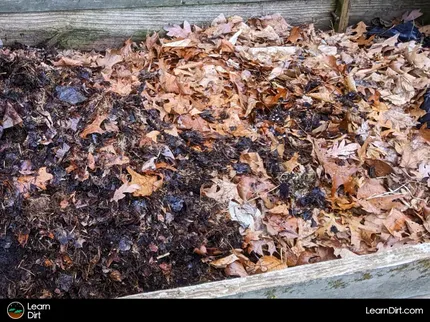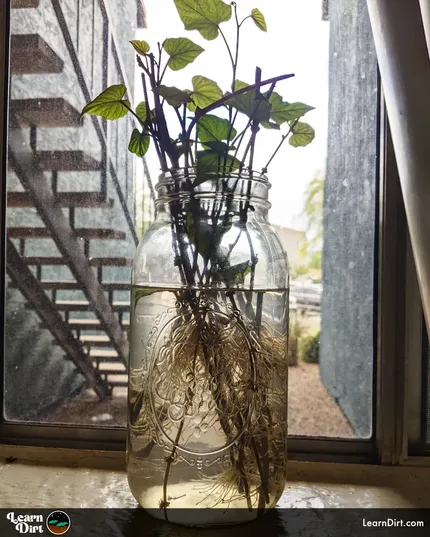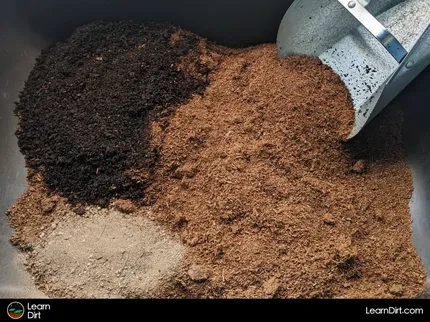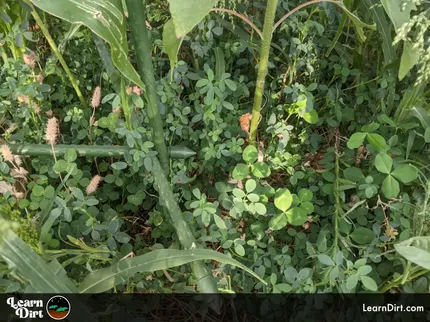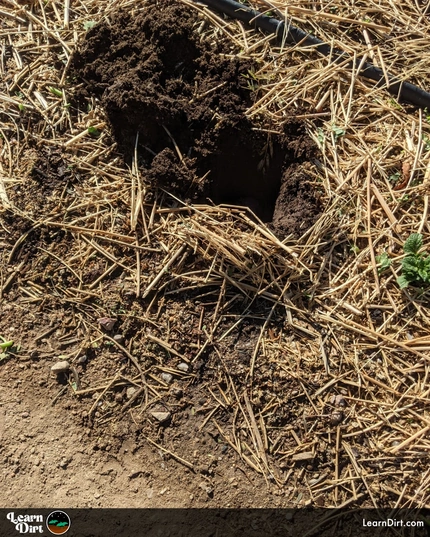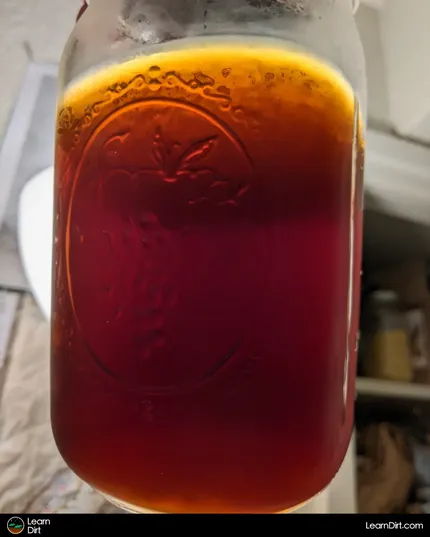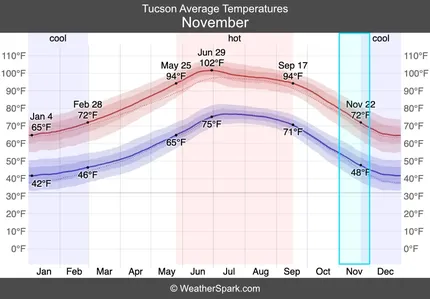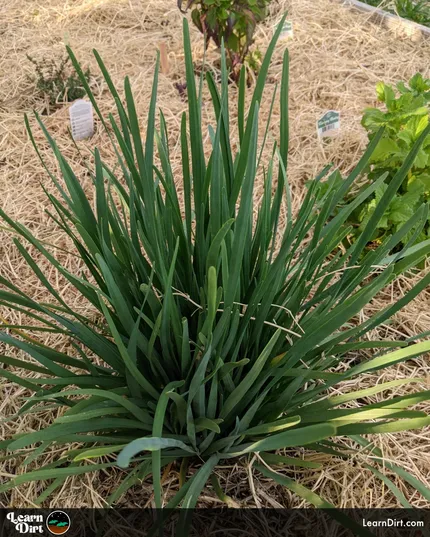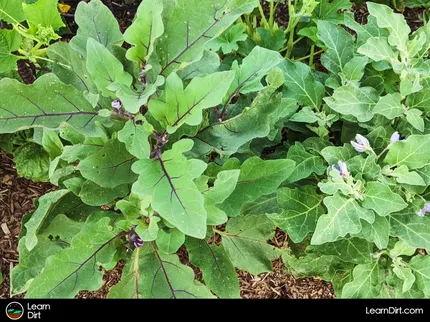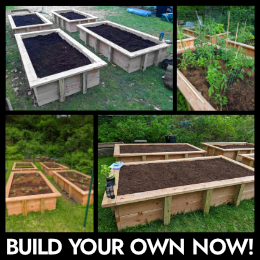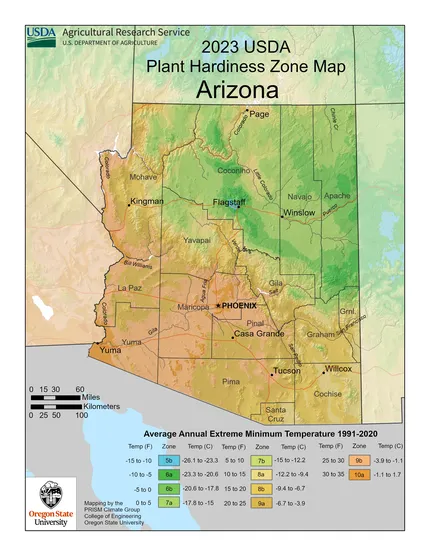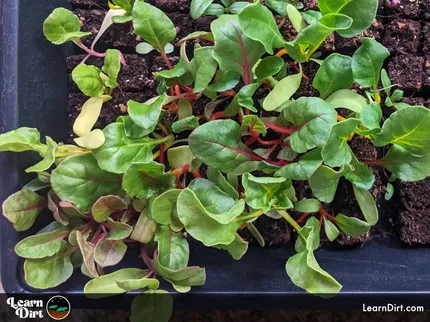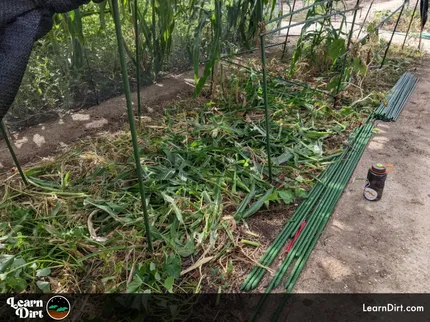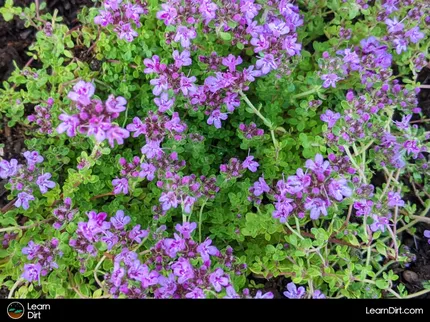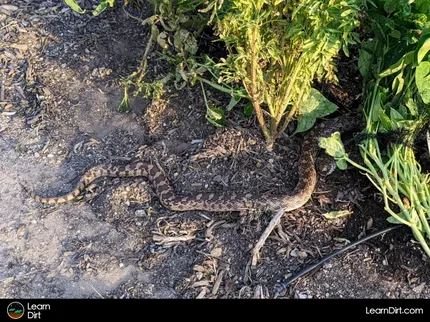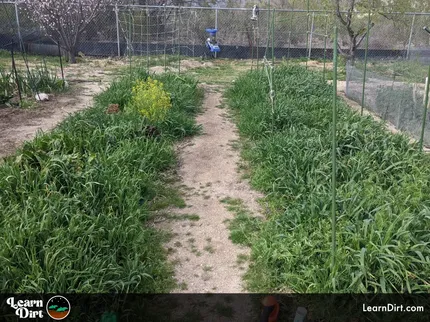Table of Contents
- Can You Grow Garlic in Arizona?
- How to Grow Garlic in Arizona
- When to Harvest Garlic in Arizona
- Final Thoughts...
- Additional Reading
* Our articles never contain AI-generated slop *
Curious about growing garlic in Arizona? Garlic grows well in AZ, and we're going to look at exactly how to grow it here.
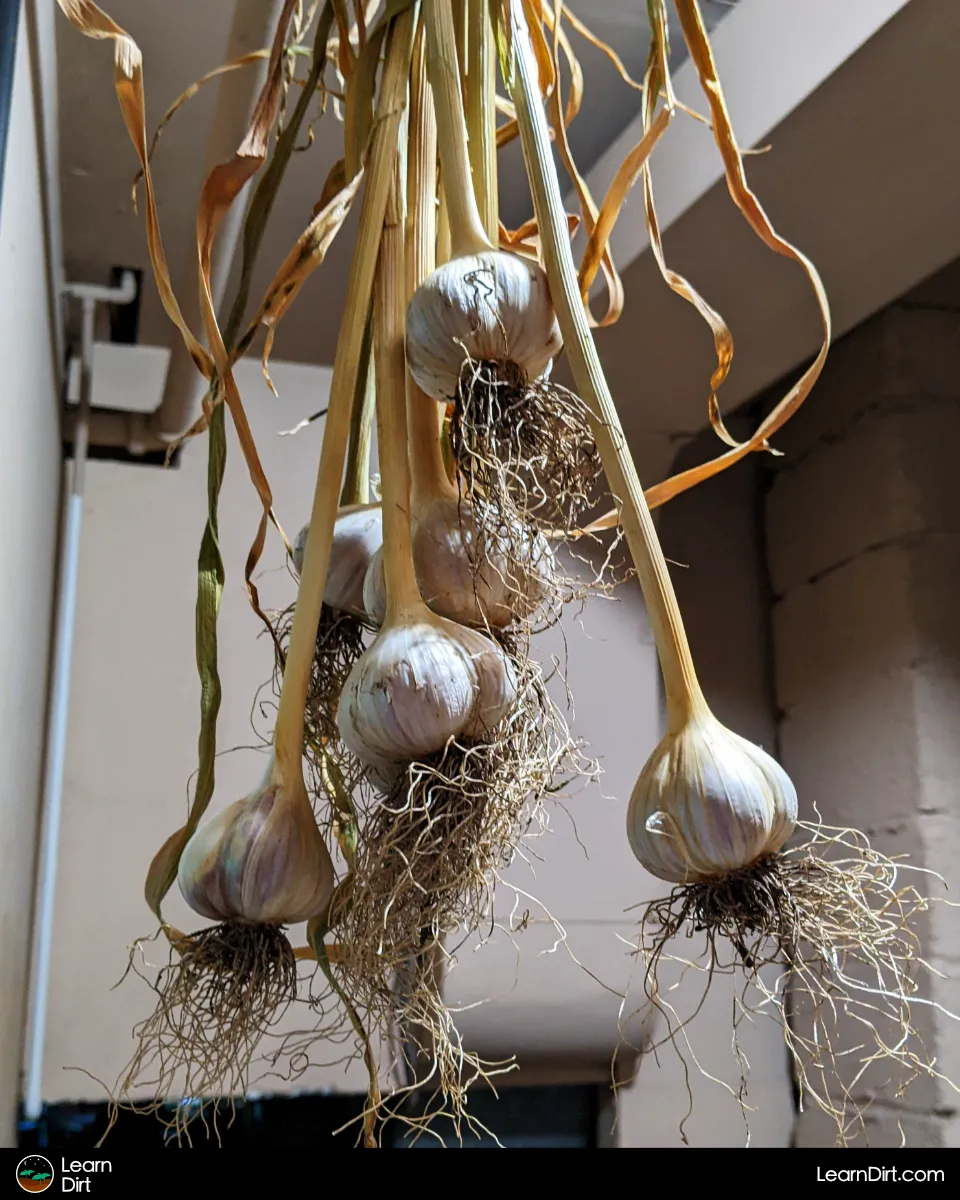
Can You Grow Garlic in Arizona?
You might not think it, but garlic grows very well in Arizona!
That's right, and it only takes about 8 months (Oct - May) as compared to the 10 or 11 needed in colder climates - which gives you back some of your precious garden space sooner.
Disclaimer: This post may contain affiliate links. Refer to the privacy policy for more information.
How to Grow Garlic in Arizona
Garlic is planted in autumn here in AZ, and is harvested in late-spring.
This gives plants time to sprout in warm temps before winter, when growth rate slows.
You can expect the majority of the growth to happen in late-winter and through the spring, when the desert starts to warm back up.
You'll find garlic has no difficulty growing even in the heat in May right before harvesting - as long as your soil doesn't get too dry.
Best Soil for Garlic
Garlic likes a bit of sand in the soil for drainage, so Arizona soil has that going for it.
You will need to ammend the soil with quite a bit of organic matter, however, and compost is my go-to for this.
Join The Grower's Community
Find your people.
Your voice matters here 🌱
Check It Out!
Phosphorous is also needed for good bulb development, and I ammend with rock phosphate to keep my garlic plants well-provided-for.
Calcium is used for papery skin development especially, and you'll want to add something for calcium from time to time. Gypsum is perfect for this, as it also helps improve soil structure, moisture holding capacity, and remediates the high salinity of these desert soils. Ground eggshells will also do the trick.
Drip lines are highly recommended for growing just about anything other than native plants in Arizona, as watering by hand is just too frequent and tedious here.
Lock everything in with a layer of mulch to keep the sun off.
What Type of Garlic to Grow in Arizona
You can grow hardneck or softneck garlic in Southern Arizona!
If you're in a particularly hot microclimate, though, you may have more trouble with hardneck. Conversely if you're in a cold pocket, the hardneck should grow tremendously well for you in Arizona.
If you'd like to learn more about the difference between hardneck and softneck garlic, check out our article on garlic varieties. Otherwise, keep reading to learn about growing both hardneck and softneck in AZ.
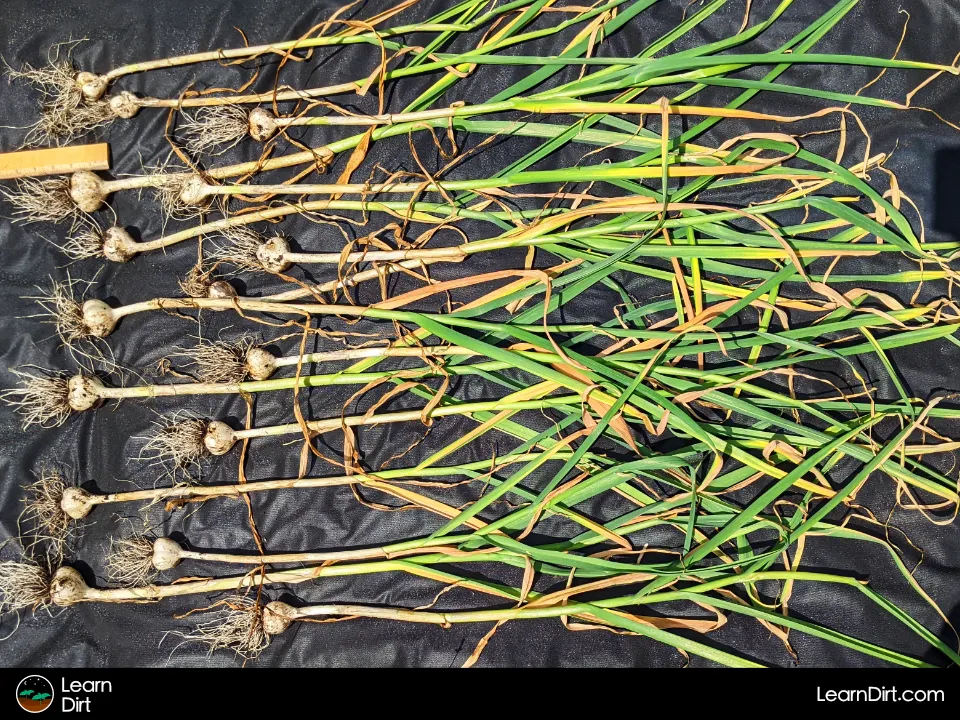
Softneck Garlic in Arizona
Softneck loves warm climates, so it's a great candidate for low desert elevations here in AZ.
Some of the softneck varieties that get great success in Arizona:
- Inchelium Red
- California Early
- California Late
- Rhapsody
- Lorz
- Silver Rose
- Italian Silverskin
- Mild French
- Chet's Italian
Hardneck Garlic in Arizona
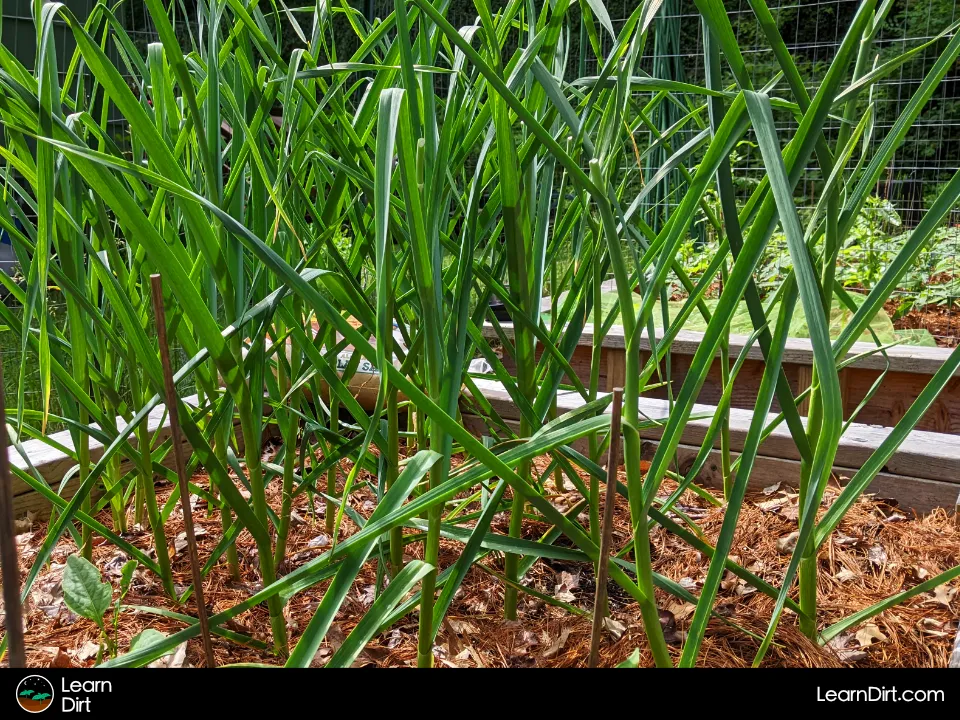
Despite hardneck garlic not usually being grown in the south, Southern AZ is an exception.
Hardneck garlic would never fly in Southern Florida, for instance, because the humidity keeps the winter nights warmer than in the desert.
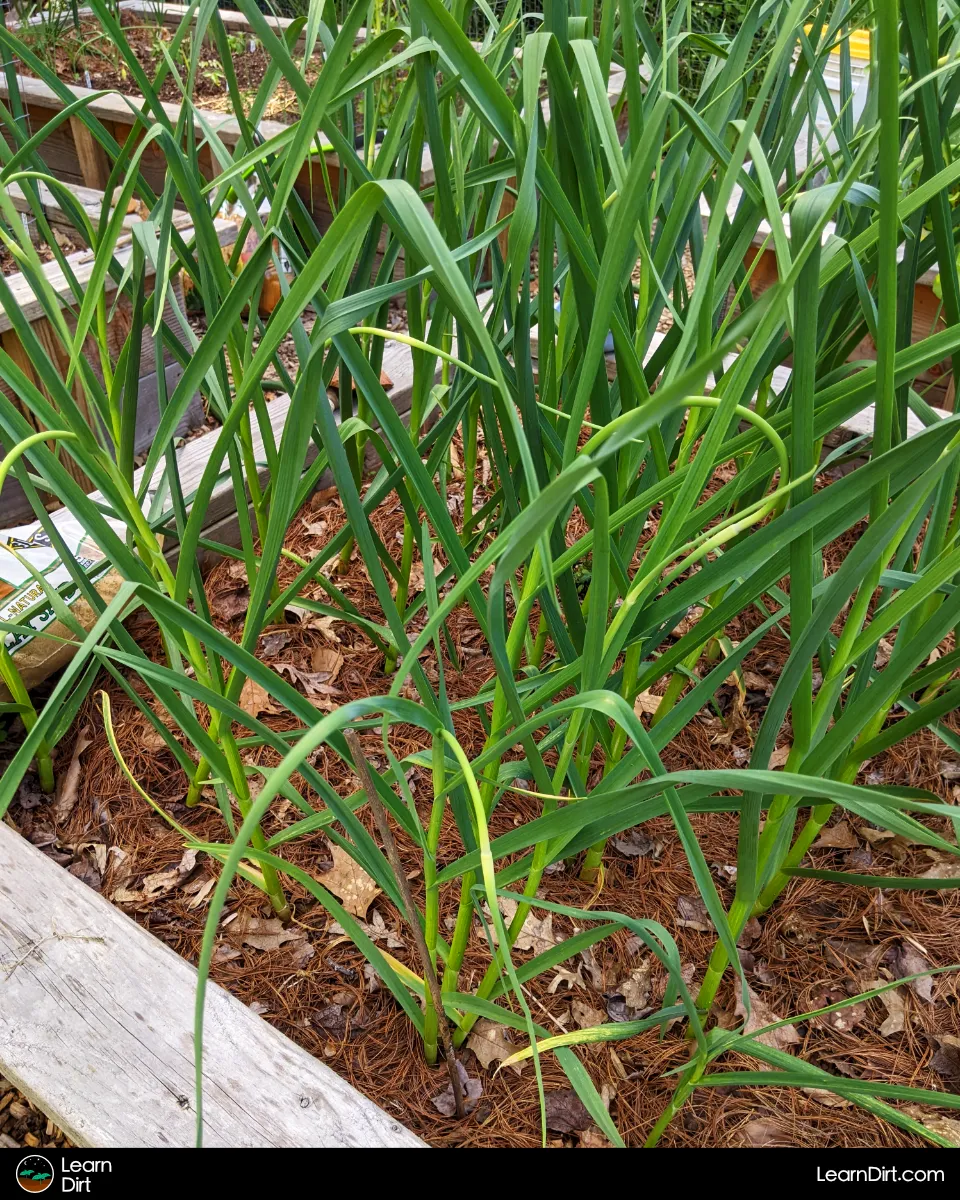
In Arizona, though, we get more frost and chilly nights in the winter than many other Southern states. The low humidity of a desert climate causes extreme temperature drops not seen in more humid climates. This winter I saw 17F (-8.3C) in my garden, in a climate that regularly hits 117F (47.2C) in the summer!
These chilly nights and frosts seem to be enough to allow us to grow hardneck varieties quite successfully in Arizona.
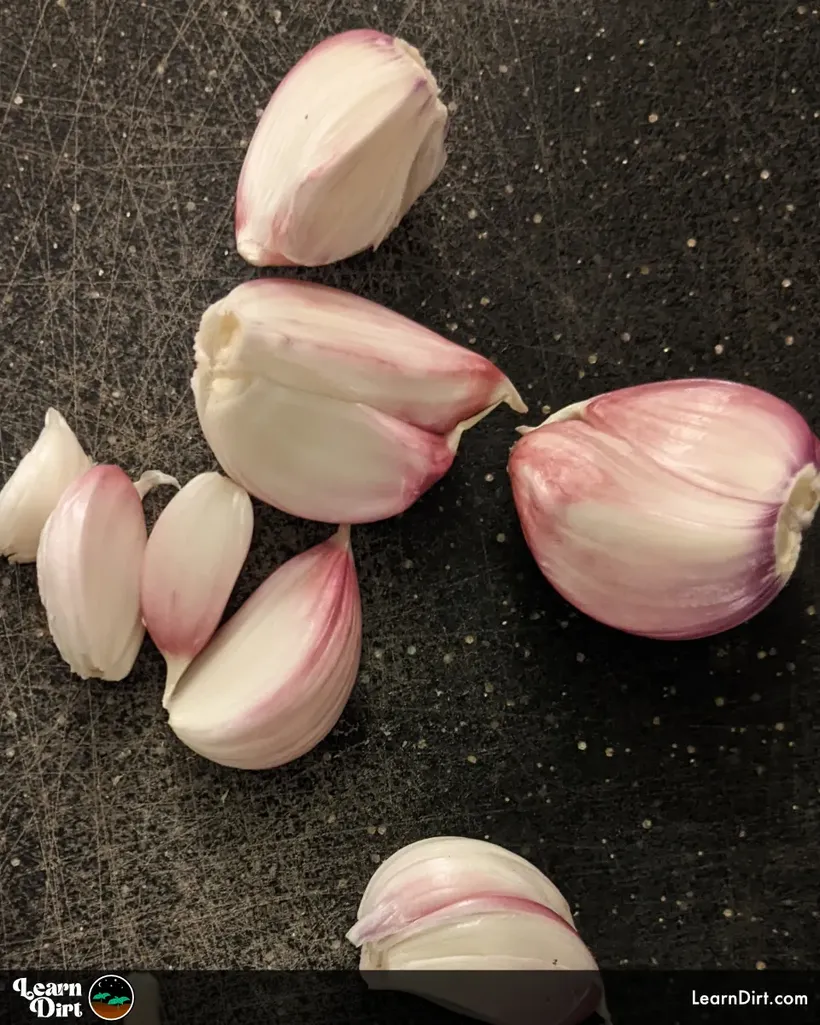
If you decide to grow hardneck garlic in Arizona, I would suggest vernalizing it in a refrigerator for at least six weeks before in October planting, however.
Refrigerate in a plastic zip bag with a few holes poked in it. This will maintain some moisture in the garlic, but also allow it to slowly dry out somewhat, and not go moldy.
I have had great success with an unknown red hardneck here in Arizona, which I found a local farm was growing.
I trusted that they had picked a variety of garlic, which would grow in this climate.
I was surprised to find it was a hardneck, but after growing at myself, I can see why. hardneck varieties can absolutely crush it in Arizona!
Check out the red hardneck after I grew it out here:

This may seem surprising to see in the Southwest, but the cold desert nights and refrigerator vernalization make it possible.
- Carpathian
- Rocambole
- Sonoran
- Spanish Roja
- German Red
- Chesnok Red
Creole / Turban varieties for Arizona
Creoles are a special group of garlic that act somewhere between a hardneck and a softneck.
Dig Cool Merch?
They do especially well across the South in hot climates.
A few garlic varieties in this category that will give you great results in Southern Arizona:
- Ajo Rojo
- Purple Creole
- Thai Fire
When to Plant Garlic in Arizona
October is the month far garlic planting, not just in Arizona but all over the Nortern hemisphere.
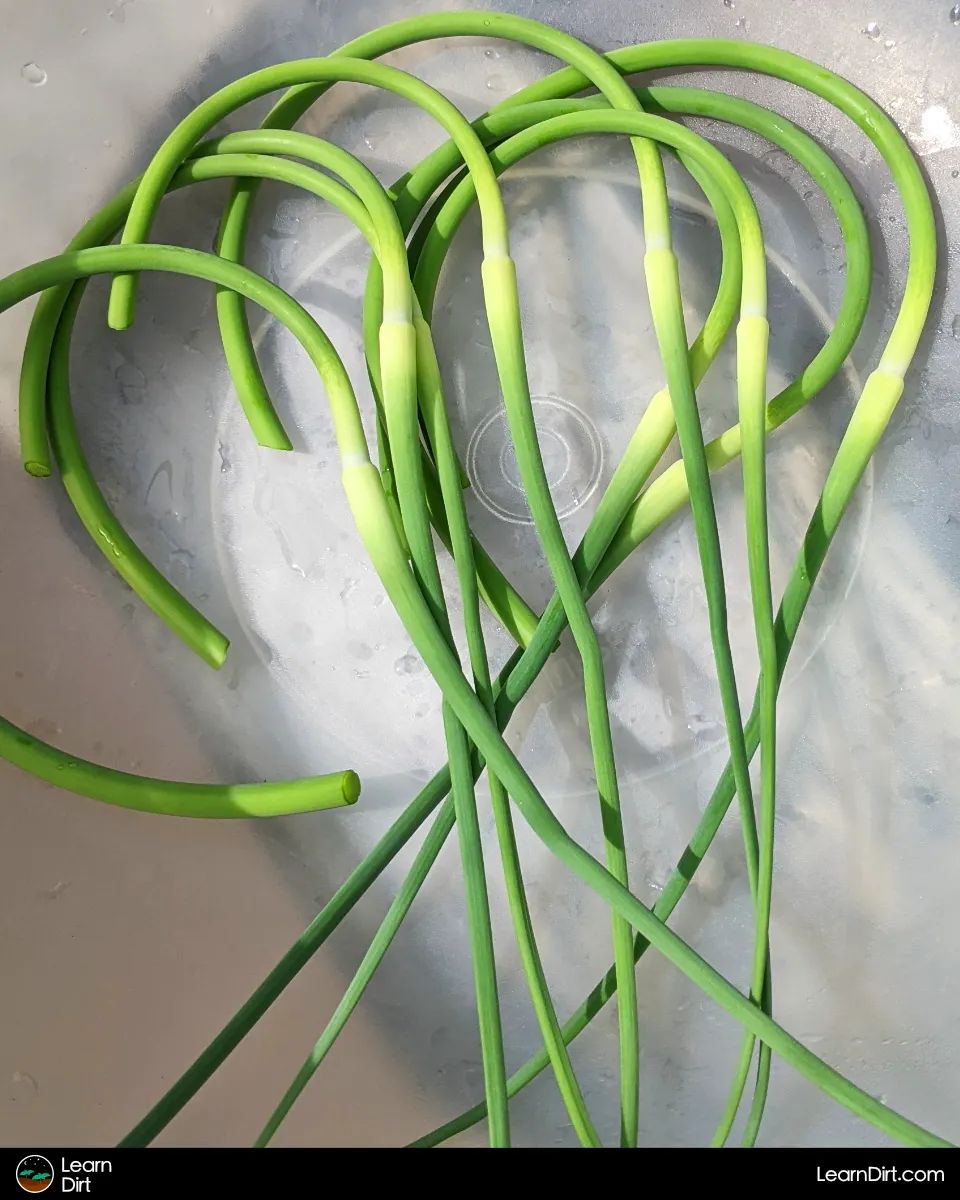
For AZ, you're looking for the days to drop down into the low-90's and 80's to plant. This ensures the soil is still warm, but the solar intensity and heat have had a chance to chill out.
Keep an eye on the forecast, and plant anytime in October when there are no longer high-90's or 100's. When you can comfortably be outside at midday, it's garlic time!
How to Plant Garlic in Arizona
Each clove will grow 1 garlic plant that produces a full bulb of cloves.
You do not need to remove the paper skins from the cloves.
Plant garlic cloves 1.5 - 2" deep, with the pointy side facing up.
Space garlic out about 6" apart.
When to Harvest Garlic in Arizona
Garlic is usually harvested sometime in May in the low desert valleys, and a month or two later at higher elevations.
What you're looking for is about 2/3 of the leaves to turn brown and crunchy, with 1/3 still green. When you hit that point, pull up a head and see how it looks.
Final Thoughts...
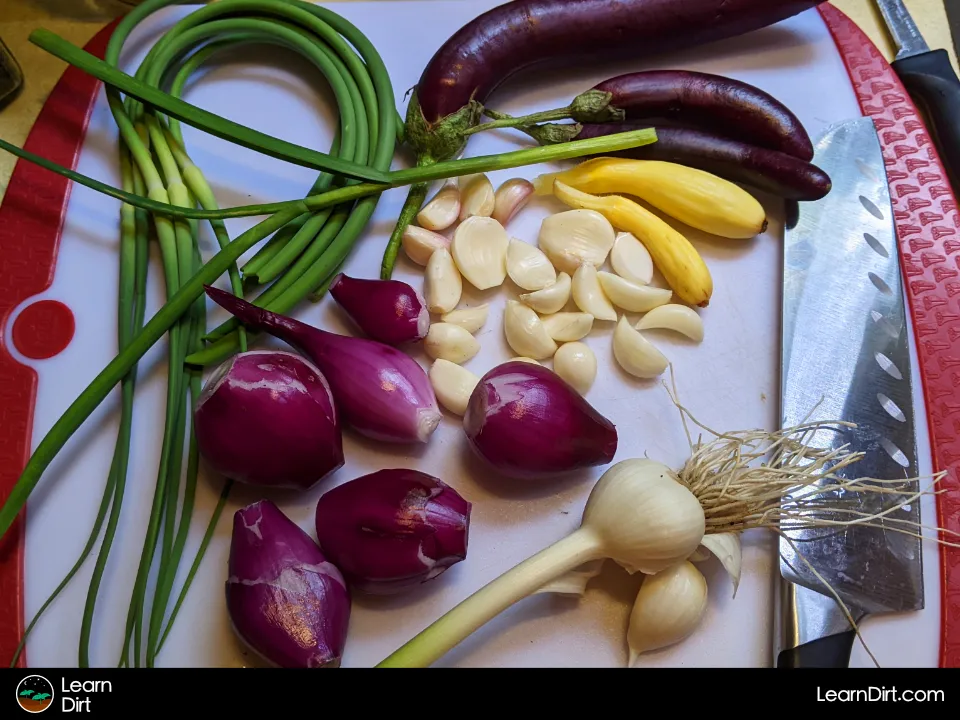
Most folks would likely assume that hardneck varieties of garlic would just not do well at all in Arizona. Well, now we know that this just ain't the case!
I encourage you to give hardneck a try if you were located in or around Arizona, and let us know on the forum whether you have success or not. I believe you will find it to be well worth your while.

Arizona gives us the best of both worlds with a choice of hardneck or softneck garlic, as well as a shorter 7 month garlic season (late-October -to- early-May).
Some climates take as long as 10 months for garlic, so be thankful that this climate can turn out amazing garlic quick!
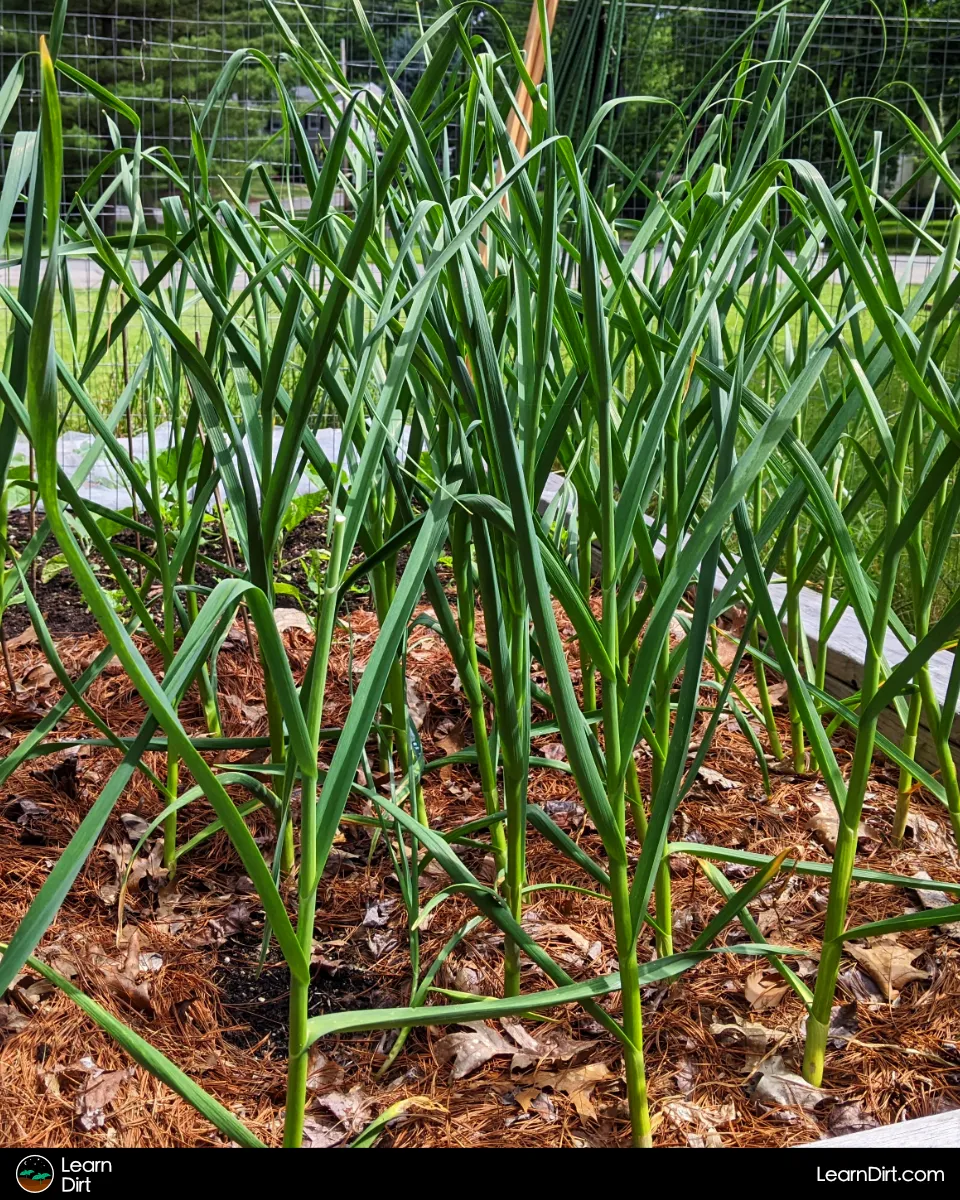
It may be unexpected if you're new to Arizona, but garlic may soon become one of your favorite garden crops even in the desert.
Once you've got your first harvest in the bag, check out How To Cure Garlic For Storage.
Happy garlic growing, y'all!
Additional Reading
Want to take your garlic growing to the next level? Check out our Ultimate Guide to Growing Garlic to keep learning.
That's all for now, thanks for reading!
If you have any questions, comments, or would like to connect with fellow gardeners, head on over to the forum and post there.




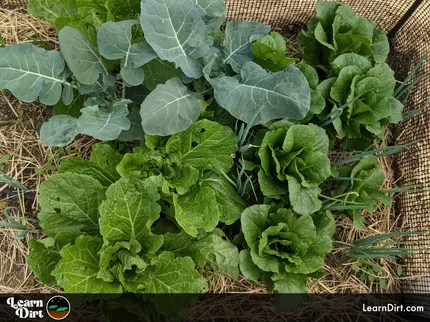
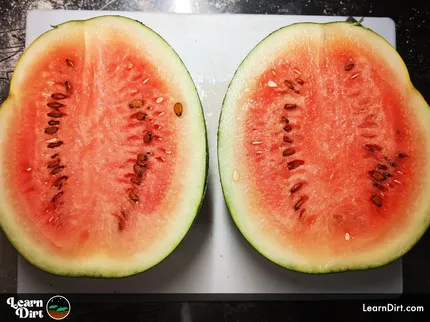
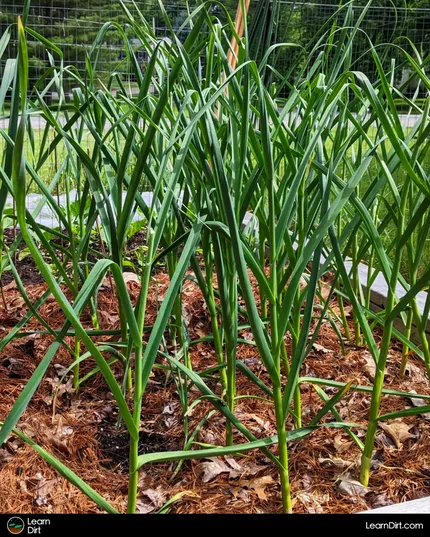
![Black Dirt Live Again [Green]](/media/product_images/black-dirt-live-again-[green]_shirt_260x260.png)

![Don't Till Away Your Carbon [Taffy]](/media/product_images/dont-till-away-your-carbon-[taffy]_shirt_260x260.png)
